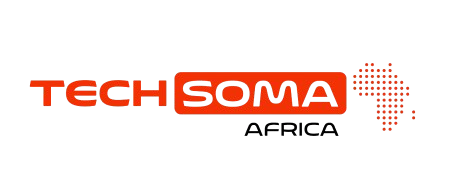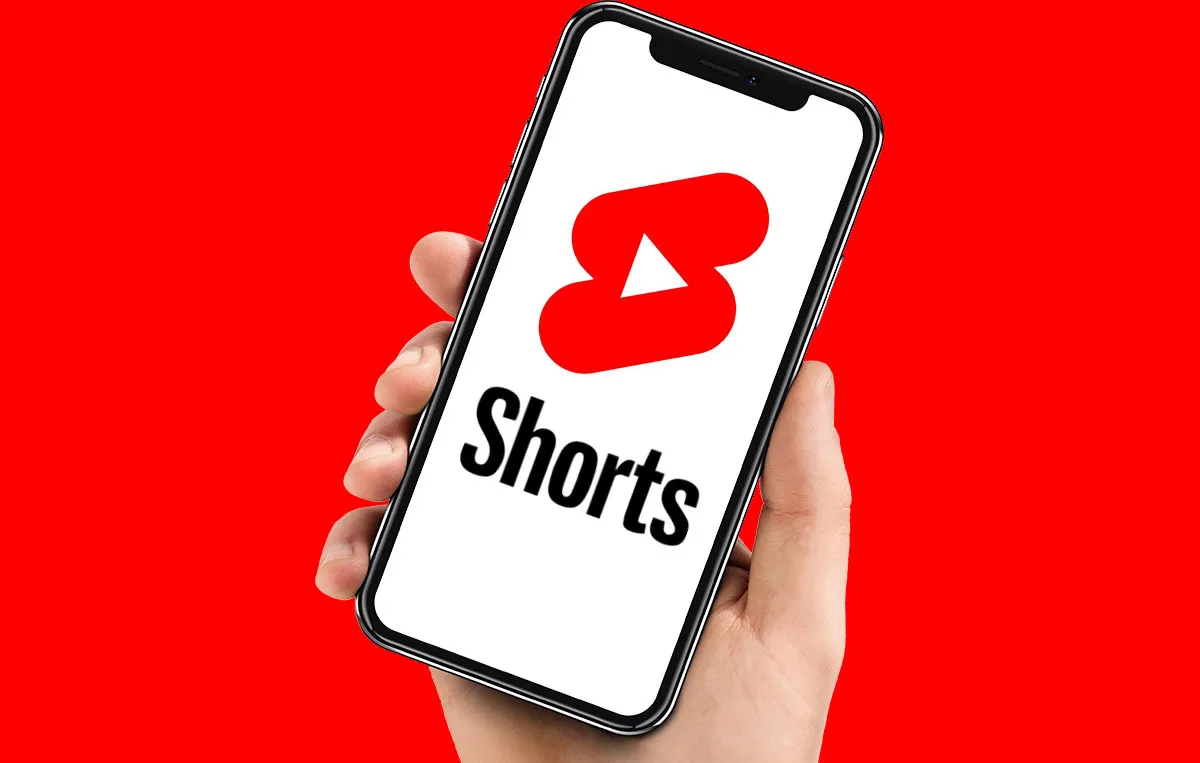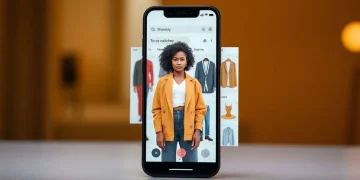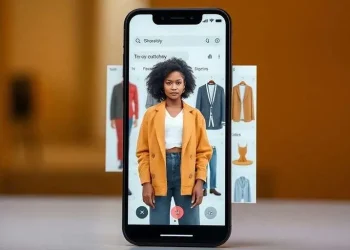YouTube escalates the short-form video battle with powerful new AI tools that transform static photos into six-second clips. The platform introduces image-to-video generation alongside enhanced AI effects, directly targeting TikTok’s creator base.
YouTube Shorts AI Features Roll Out Across Four Countries
The Google-owned platform begins rolling out its image-to-video AI tool this week in the United States, Canada, Australia, and New Zealand. Creators can now upload any photo from their camera roll and watch it transform into animated content within seconds.
The tool operates through simple suggestions that match uploaded images. Users see relevant animation options for their photos, making the creation process accessible to creators of all skill levels. YouTube demonstrates the feature by showing a pedestrian signal photo that transforms into a dancing walking man symbol.
This AI-powered feature uses Google’s Veo 2 video generation model. The same technology powers similar tools in Google Photos and Gemini, creating a unified AI ecosystem across Google’s products.

New AI Effects Transform Creator Content Production
Beyond photo animation, YouTube Shorts introduces enhanced AI effects that change how creators produce content. The platform now offers tools that turn simple doodles into artistic images and transform selfies into complex video scenarios.
Creators access these features through the Effects icon in the Shorts camera. Tapping the AI section reveals all generative effects, including underwater swimming effects and twinning videos. These tools eliminate complex editing requirements while maintaining professional-quality output.
The effects feature similar functionality to Meta’s Edits app, which also converts static images into video content. However, YouTube’s integration directly into the Shorts platform removes additional app downloads and simplifies the creator workflow.

AI Playground Centralizes Creative Tools for Shorts Creators
YouTube launches AI Playground as the central hub for all generative AI tools. Creators find inspiration, prefilled prompts, and creation tools in one location by tapping the Create button and selecting the sparkle icon.
The playground includes example videos, template suggestions, and guided prompts that help creators understand AI tool capabilities. This approach reduces the learning curve for creators new to AI-powered content creation.
AI Playground launches simultaneously with the image-to-video tool in the same four countries, providing comprehensive AI support for creators in these markets.
Platform Competition Intensifies as Shorts Hits 200 Billion Daily Views
YouTube Shorts now generates over 200 billion daily views, nearly tripling from 70 billion views reported in 2024. This growth positions Shorts as a direct competitor to TikTok’s massive user base and creator economy.
The timing of these AI tool launches aligns with increased competition in short-form video platforms. TikTok continues developing its own AI features, while Meta pushes Reels across Instagram and Facebook. YouTube’s integration of Google’s advanced AI models provides a technological advantage in this battle.
Creator monetization remains a key differentiator for YouTube Shorts. The platform offers more comprehensive revenue-sharing programs compared to competitors, attracting creators who view content creation as a business opportunity rather than just creative expression.
Veo 3 Integration Promises Advanced Video and Audio Generation
YouTube CEO Neal Mohan announced at Cannes Lions 2025 that Google’s Veo 3 model will join Shorts later this summer. Unlike Veo 2, which powers current image-to-video features, Veo 3 generates both video and audio content simultaneously.
This advancement could enable creators to produce complete video content from simple text prompts. The integration represents a significant step toward fully automated content creation, potentially changing how creators approach video production.
The announcement suggests YouTube plans continued AI tool expansion throughout 2025. These developments position the platform ahead of competitors in AI-powered creator tools.
Content Authenticity Measures Address AI Generation Concerns
YouTube implements SynthID watermarks and clear labeling for all AI-generated content. These measures help viewers identify artificial content while maintaining transparency in the creator ecosystem.
The platform requires creators to disclose AI-generated content through built-in labeling systems. This approach balances creative freedom with audience awareness, addressing growing concerns about AI content authenticity.
Similar transparency measures appear across major platforms as AI-generated content becomes more prevalent. YouTube’s proactive approach may influence industry standards for AI content disclosure.
Global Expansion Plans Target International Creator Markets
YouTube plans expanding these AI tools to additional regions later in 2025. The initial four-country launch allows the platform to test features and gather creator feedback before broader deployment.
International expansion could significantly impact global short-form video competition. Many regions currently rely on TikTok for AI-powered creation tools, creating opportunities for YouTube to capture market share.
The platform’s ability to integrate AI tools across multiple Google services provides advantages in international markets where Google products maintain strong adoption rates.














